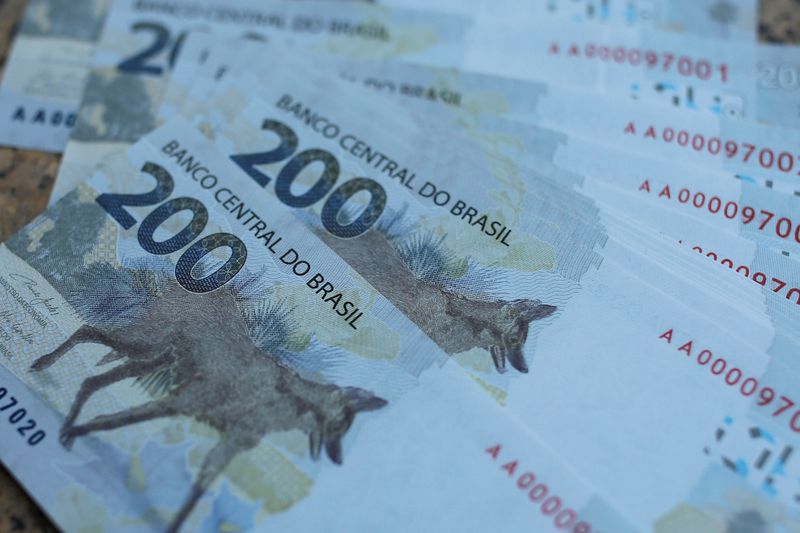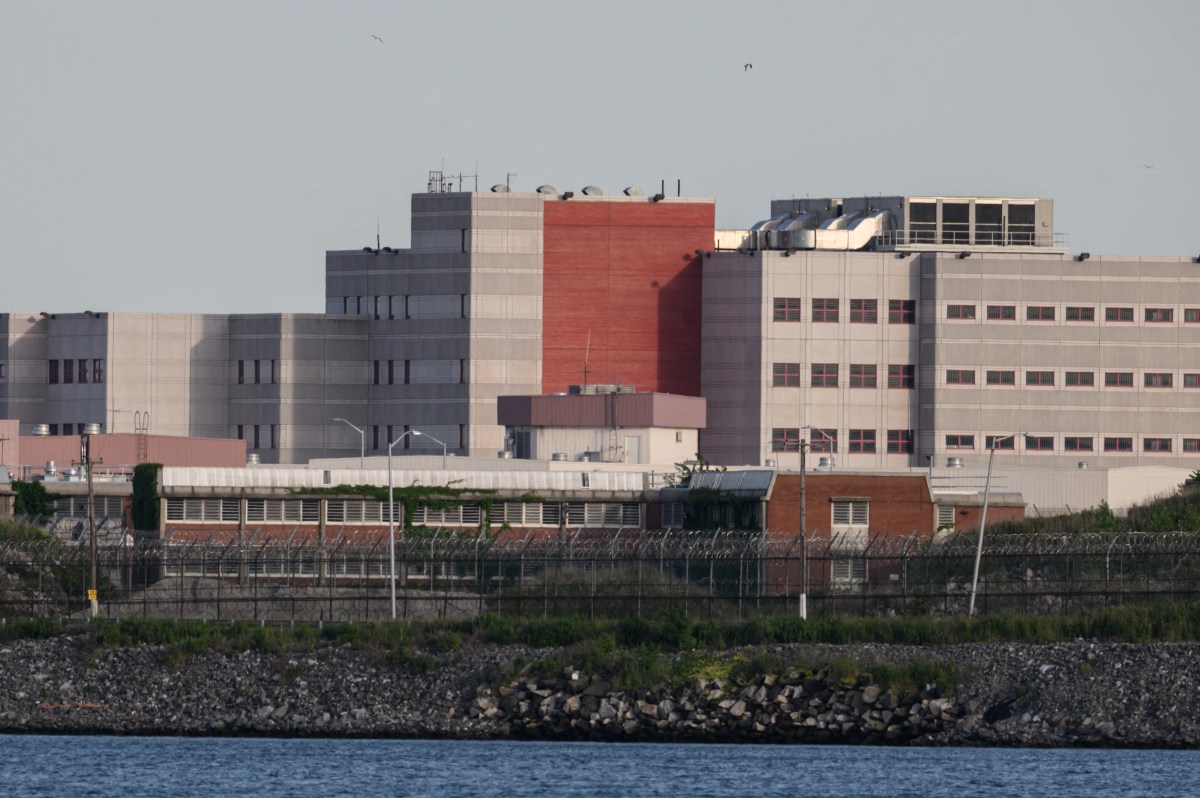BRASILIA (Reuters) – Brazil’s balance of payments position with the rest of the world improved in October, figures showed on Wednesday, as a $1.5 billion current account surplus helped shrink the 12-month accumulated deficit to its smallest in two and a half years.
Investors poured money into local stocks and bonds too, with net inflows of $5.3 billion into domestic markets the highest since January 2019, according to central bank data.
“The short-term current account dynamics are quite favorable given solid export demand and improving terms of trade compounded by the significant contraction of domestic demand and real effective currency depreciation,” said Alberto Ramos, head of Latin American research at Goldman Sachs in New York.
October’s surplus was more than the $1.3 billion forecast in a Reuters poll of economists. As the central bank chart below shows, the overall deficit in the preceding 12 months of 1% of gross domestic product was the smallest since February 2018.
Goods exports fell 8.6% in October from the same month last year to $18 billion, the central bank said, while imports fell 26.3% to $13.1 billion, giving a trade surplus of $4.9 billion. This year, exports have fallen 7.8% and imports have slumped 15.1%.
The services deficit shrank by 55.2% from a year earlier to $1.6 billion and the primary income deficit shrank by 70.6% to $1.9 billion, the central bank said.
The current account deficit in the first 10 months of the year stood at $7.6 billion.
Foreign direct investment totaled $1.8 billion in October, sharply down from $8.2 billion a year ago, the central bank said, adding it forecasts FDI of $1 billion in November.
On the portfolio side, Brazil posted an overall net inflow of $5.3 billion last month. The net $2.65 billion inflow into domestic stock markets was the most since July last year, and $2.7 billion into local debt markets was the most since January.
Inflows have returned in recent months, but so far this year a net $21.6 billion has been pulled from domestic markets and $27.4 billion has been pulled in the last 12 months, the central bank said.
(Reporting by Jamie McGeever; Editing by Toby Chopra and Bernadette Baum)





















